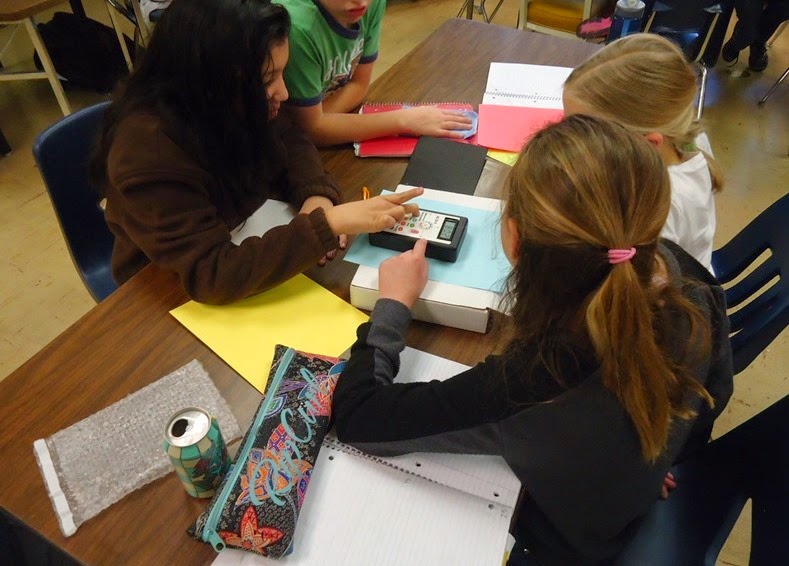Satellite images showed fifth graders at Spring Creek Elementary School how human actions have converted one of the largest lakes in Asia to the newest desert. Diverting waters from two rivers for agriculture reduced the inflows, increased the salinity of remaining water, caused wildlife to disappear, and created the newest desert in Central Asia.
A 1964 photo from the Corona satellite, several Landsat images from 1970s to 2000s, and annual MODIS images from 2000 showed how the Aral Sea, once the 4th largest inland water body, gradually shrunk exposing most of the sand. Some of these images also showed how dust storms transported large amounts of this sand to various regions across Asia and beyond.
Students were able to see how human actions can make a large lake disappear. Commenting on the value of these images for illustrating human influence on our environment, Mrs. Hayden, their teacher said, “when we discussed what the students learned/remembered from [the] presentation this week, they had lots of takeaways about how the 4 different Earth systems interact and how humans have influenced the environment.” The content included as part of this activity was “closely aligned with the standard we have been focused on”, said Hayden.
This event was conducted on April 28 at Spring Creek Elementary School, Laramie, WY.
Landsat images can be obtained for no-cost from US Geological Survey. More details about Landsat can be obtained from: https://www.usgs.gov/landsat-missions.
















